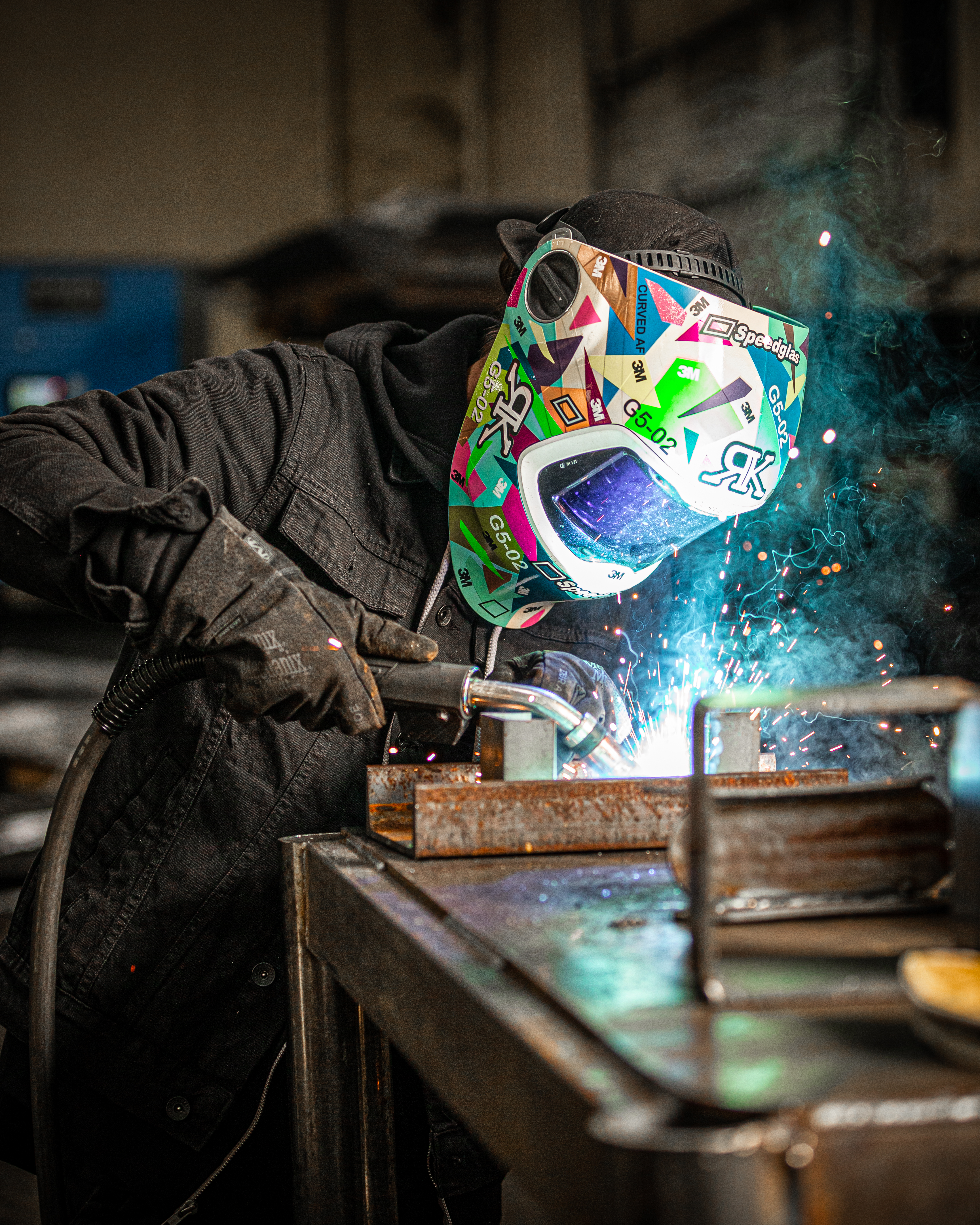The Ultimate Overview to Welding WPS Procedures: An Extensive Introduction for Welders
In the complex globe of welding, Welding Procedure Specifications (WPS) serve as the foundation of guaranteeing high quality, consistency, and safety and security in welding procedures (welding WPS). As we delve right into the various parts of a WPS and explore the complexities of certification and qualification, we will discover the essential function these procedures play in the world of welding.
Relevance of WPS Procedures
Recognizing the significance of Welding Procedure Requirements (WPS) procedures is crucial for ensuring the quality and stability of welded frameworks. WPS treatments offer as a roadmap for welders, outlining the necessary steps, criteria, and products called for to accomplish an audio weld. By adhering to WPS standards, welders can make sure consistency in their job, resulting in reputable and structurally audio welds.
One of the main reasons why WPS procedures are vital is their role in preserving weld quality and honesty. Adhering to the defined welding specifications and methods described in the WPS assists avoid problems such as porosity, fracturing, or incomplete fusion, which can endanger the stamina and resilience of the weld. In addition, WPS procedures are critical for ensuring conformity with market standards and codes. By adhering to well-known WPS standards, welders can demonstrate that their work satisfies the required needs for safety and top quality, giving assurance to customers, inspectors, and regulatory bodies. Fundamentally, the significance of WPS treatments can not be overemphasized, as they are fundamental to accomplishing regular, top quality welds that meet industry standards and requirements.

Elements of a WPS
A Welding Treatment Specification (WPS) typically makes up vital parts that information the certain requirements for carrying out a weld, ensuring uniformity and quality in the welding procedure. The key elements of a WPS consist of necessary variables such as base steels, filler metals, interpass and preheat temperature levels, welding processes, protecting gases, welding positions, and post-weld warm treatment needs.
Base metals refer to the materials being signed up with, while filler metals are used to fill the void in between the base steels throughout welding. The welding process lays out the details method to be made use of, whether it's gas steel arc welding (GMAW), secured steel arc welding (SMAW), or one more technique. Welding settings define the orientations in which welding can be executed.

Qualification and Certification
Having actually established the essential elements of a Welding Treatment Requirements (WPS), the emphasis now changes in the direction of the critical facets of certification and qualification in welding methods.

Qualification, on the other hand, is the formal acknowledgment of a welder's qualifications by a pertinent accreditation body or company. Welding accreditations are commonly based upon the particular welding processes, materials, and placements a welder is certified to collaborate with. Holding a valid welding accreditation demonstrates that a welder fulfills market standards and is competent to carry out welding tasks to the required requirements.
Developing a WPS
To establish a Welding Treatment Requirements (WPS) that meets sector standards, careful factor visit this website to consider of welding procedures, materials, and functional criteria is necessary. The first step in producing a WPS is to recognize the welding process to be used, such as gas steel arc welding (GMAW) or protected steel arc welding (SMAW)

Executing and Monitoring WPS
Upon wrapping up the comprehensive Welding Treatment Requirements (WPS) that carefully details welding procedures, products, functional criteria, and quality control steps, the emphasis moves to properly implementing and keeping track of the well established procedures. Implementation involves making sure that all welders entailed in the project know with the WPS and follow it meticulously throughout the welding procedure. This requires supplying adequate training and guidance to ensure adherence to the specified procedures. Keeping track of the WPS includes continual oversight to verify that welding activities line up with like it the documented requirements. Evaluations, screening, and high quality control procedures are essential elements of the monitoring procedure to determine any kind of issues or discrepancies immediately. Normal audits and reviews of the welding treatments help in maintaining uniformity and top quality throughout the project. Effective implementation and surveillance of the WPS are crucial for guaranteeing the integrity, strength, and security of the bonded joints, inevitably contributing to the total success of the welding task.
Final Thought
In verdict, understanding and following Welding Treatment Specs (WPS) is crucial for welders to guarantee high quality, uniformity, and security in their job. By recognizing the elements of a WPS, obtaining proper qualifications and certifications, developing thorough treatments, and executing and checking them effectively, welders can enhance their abilities and effectiveness in welding practices. Following WPS treatments is important for producing high-grade welds and meeting sector requirements.
In the complex globe of welding, Welding Treatment Specs (WPS) serve as the backbone of making sure top quality, uniformity, and security in welding procedures. The welding procedure describes the particular technique to be made use of, whether it's gas steel arc welding (GMAW), secured steel arc welding (SMAW), or one more method.To establish a Welding Procedure Requirements (WPS) that satisfies market criteria, cautious factor to consider of welding processes, products, and operational parameters is crucial. The first action in producing a WPS is to determine the welding process to be made use of, such as gas metal arc welding (GMAW) or secured steel arc welding (SMAW)Upon wrapping up the comprehensive Welding Treatment Specification (WPS) that thoroughly details welding processes, materials, operational criteria, and quality guarantee actions, the emphasis shifts to efficiently implementing and keeping track of the established procedures.